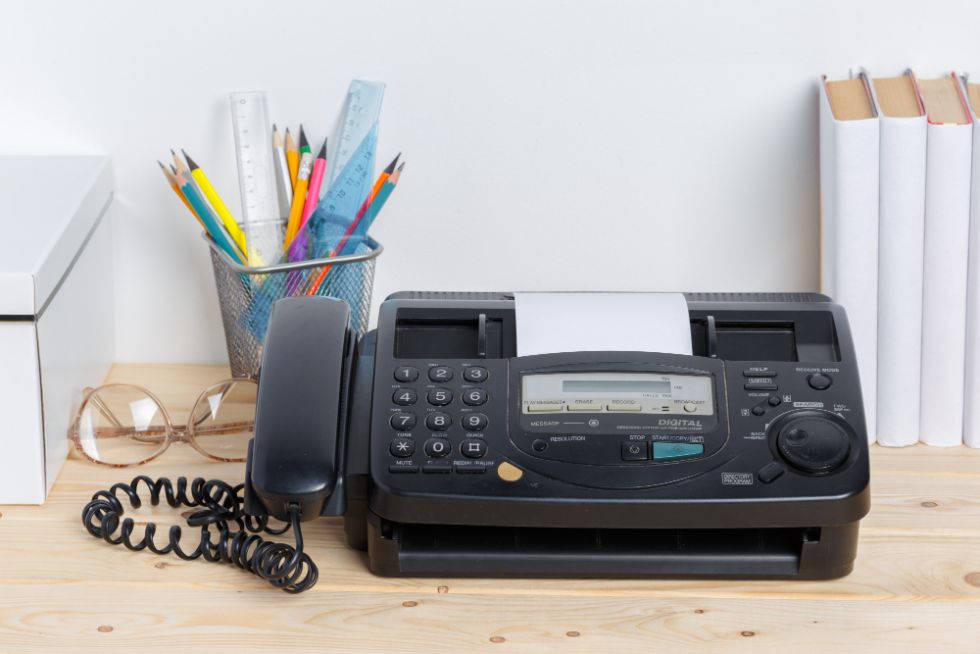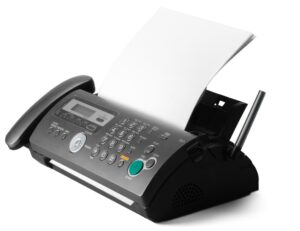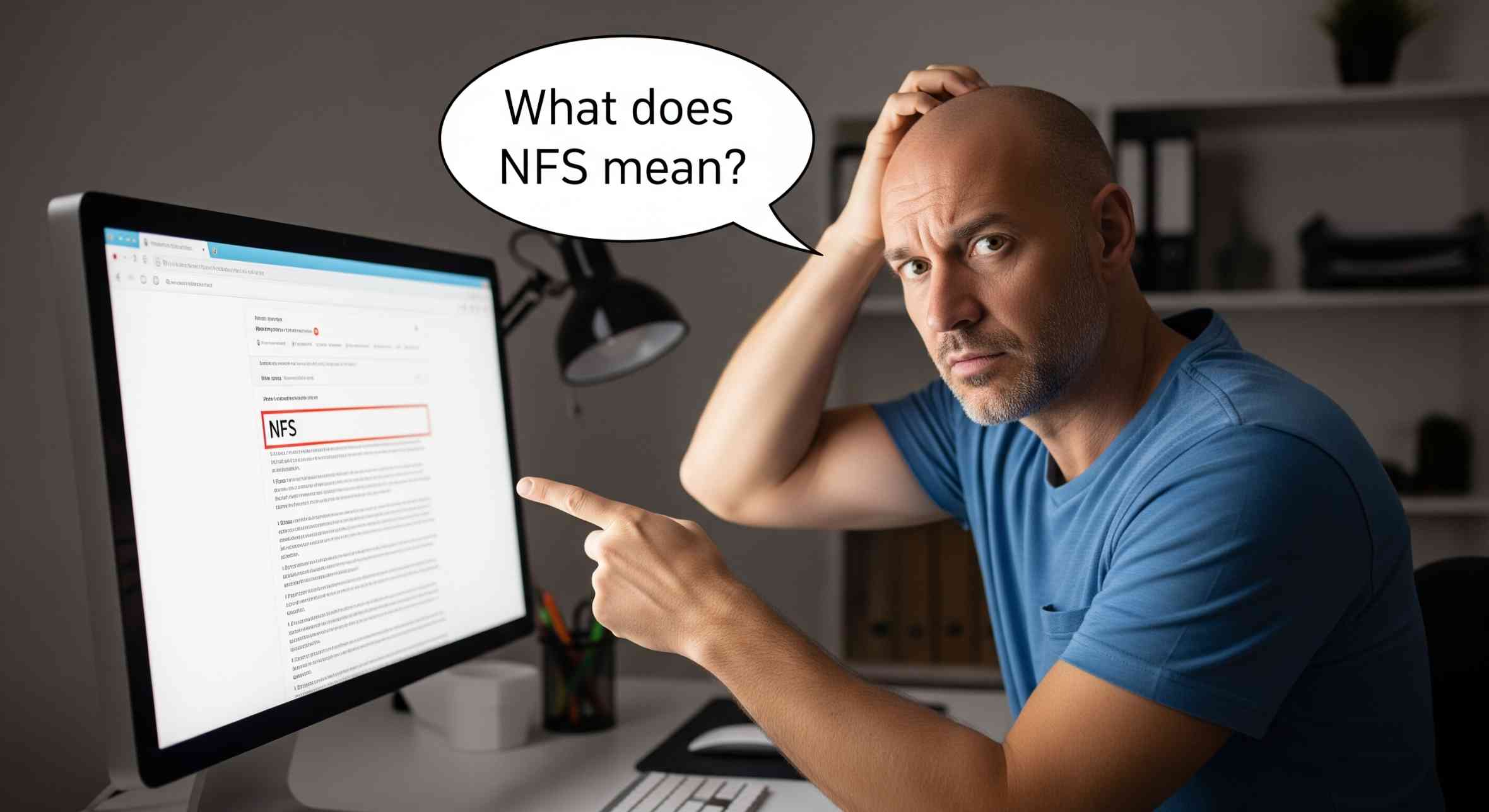Now Reading: What is Fax Number? Understanding the Basics of Faxing
-
01
What is Fax Number? Understanding the Basics of Faxing
What is Fax Number? Understanding the Basics of Faxing

I’ll admit, when I first encountered a fax machine, I was a bit confused. This was long before digital communication made it so easy to send documents with a click of a button. My first job involved working in a busy office where faxing was still essential.
I remember trying to send a document for the first time, looking at the machine, and wondering, “What is a fax number, and how do I even use it?” Well, years later, I’m here to break down the mystery and explain everything you need to know.
In this post, we’ll go through the basics of what a fax number is, how it works, and why it’s still relevant today. If you’re wondering how to use a fax number in the modern, tech-heavy world, you’re not alone. Let’s dive into the fax machine’s role and how it plays into our daily lives.
What Exactly is a Fax Number?
A fax number is simply the telephone number assigned to a specific fax machine. Much like your phone number connects you to your mobile device, a fax number links you to a fax machine, allowing you to send and receive documents.
Unlike traditional emails, faxing requires a physical machine (or a digital fax service) connected to a phone line, and the document is transmitted via the phone line to the recipient’s fax machine.
Think of it like sending a letter, but instead of using paper and stamps, you’re using a phone line to transmit an exact copy of your document.
How Does a Fax Number Work?
So, how does a fax number work in practice? Here’s the process broken down:
- Sending a Fax: When you want to send a document, you place the paper in the fax machine, dial the recipient’s fax number, and hit “send.” The fax machine scans the document, converts it into a digital signal, and transmits it via the phone line to the recipient’s fax machine.
- Receiving a Fax: If you have a fax number and someone wants to send you a document, all they need to do is dial your fax number. The machine will automatically pick up the call, receive the document, and print it out for you.
While faxing is an old-school method, it’s still in use today in certain sectors like healthcare, legal, and government industries, where a physical signature or hard copy is still preferred.
Why Do We Still Use Fax Numbers Today?

Credit: Freepik
You might be asking, “In a world of emails, instant messaging, and cloud storage, why are we still using fax numbers?” Good question! Although faxing may seem antiquated, it still serves an essential role in specific industries. Here are a few reasons why faxing hasn’t disappeared:
1. Security and Compliance
In certain industries, like healthcare or law, sensitive documents require a higher level of security. Faxing is still viewed as one of the most secure ways to send confidential information. Many jurisdictions require medical records and legal documents to be sent via fax to maintain confidentiality and comply with regulations like HIPAA (Health Insurance Portability and Accountability Act) in the U.S.
2. Legal Validity
In some cases, faxed documents are considered legally valid because they are regarded as signed originals. Unlike emails, which can be easily forged, faxes often provide a more reliable way to prove the authenticity of a document.
3. Reliability and Convenience
Faxing is reliable, especially when email servers or digital communications go down. All you need is a working phone line and a fax machine. Plus, many companies still rely on faxing for quick and efficient communication without needing to wait for email responses.
How to Use a Fax Number in 2025: A Step-by-Step Guide
While faxing might seem like a blast from the past, it’s still pretty easy to use. Here’s how you can use a fax number effectively today:
Step 1: Get a Fax Number
If you need a fax number, you can either get one by setting up a dedicated fax line with your phone provider or use online fax services that offer virtual fax numbers. These services are great if you don’t want the hassle of managing a physical fax machine. Virtual fax services let you send and receive faxes via email or the web, which is much more convenient for people who prefer digital communication.
Step 2: Choose a Fax Machine or Digital Fax Service
Once you have a fax number, you’ll need a way to send faxes. If you opt for a traditional fax machine, make sure it’s connected to your phone line. If you’re using a digital fax service, set up an account, which will give you a virtual fax number and allow you to send and receive documents via email or an app.
Step 3: Send Your Document
To send a fax using a traditional machine, simply place your document face down on the scanner, dial the recipient’s fax number, and press the send button. If you’re using a digital service, you’ll usually send the document as an attachment via email or through the service’s platform.
Step 4: Receive Faxes
Receiving faxes on a physical machine is automatic once someone dials your fax number. If you’re using a digital service, you’ll receive the fax as an attachment in your email or through the service’s app.
Why Do Businesses Still Rely on Fax Numbers?

Credit: Freepik
Despite the digital age, faxing is still widely used in many businesses. Here’s why:
1. Faxing for Legal Documents
Faxing remains a preferred method for submitting contracts, agreements, and other legal documents. In many legal situations, faxed copies are considered just as valid as originals, so businesses rely on fax numbers to exchange sensitive documents securely.
2. Medical Industry
Healthcare providers still use fax numbers because they comply with patient confidentiality standards. Sending a medical record via fax ensures that the data is protected during transmission, which is a critical component of health information privacy laws.
3. Government Agencies
Many government agencies still use faxing to handle public records, official forms, and personal documents. The consistency and security of faxing make it the go-to method for legal and bureaucratic tasks.
FAQ: Common Questions About Fax Numbers
Can I send a fax without a fax machine?
Yes! With digital fax services, you can send faxes directly from your computer or smartphone without needing a physical machine. These services allow you to upload documents and send them to a fax number via the internet.
Do I need a landline to use a fax number?
Not necessarily. If you use an online fax service, you won’t need a landline at all. However, traditional fax machines still require a phone line to send and receive documents.
Are there any modern alternatives to faxing?
Yes, there are many alternatives, such as secure email services and document-sharing platforms like Google Drive or Dropbox. However, faxing remains preferred in some industries due to legal and regulatory requirements.
How do I find someone’s fax number?
Fax numbers are typically provided by businesses or individuals who need to receive faxes. You can often find them on business cards, company websites, or by asking directly.
Keeping the Fax Alive, Even in 2025
So, while fax numbers might seem like something out of a bygone era, they’re still alive and kicking. Whether you need to send a contract, medical records, or other sensitive documents, understanding how fax numbers work can be a handy skill.
In a world full of ever-evolving technologies, faxing holds onto a level of simplicity and reliability that keeps it relevant.
With a little knowledge and the right tools, you can easily navigate this old-school method of communication and keep your digital and physical documents moving. And hey, you never know when you’ll need a fax number again!













